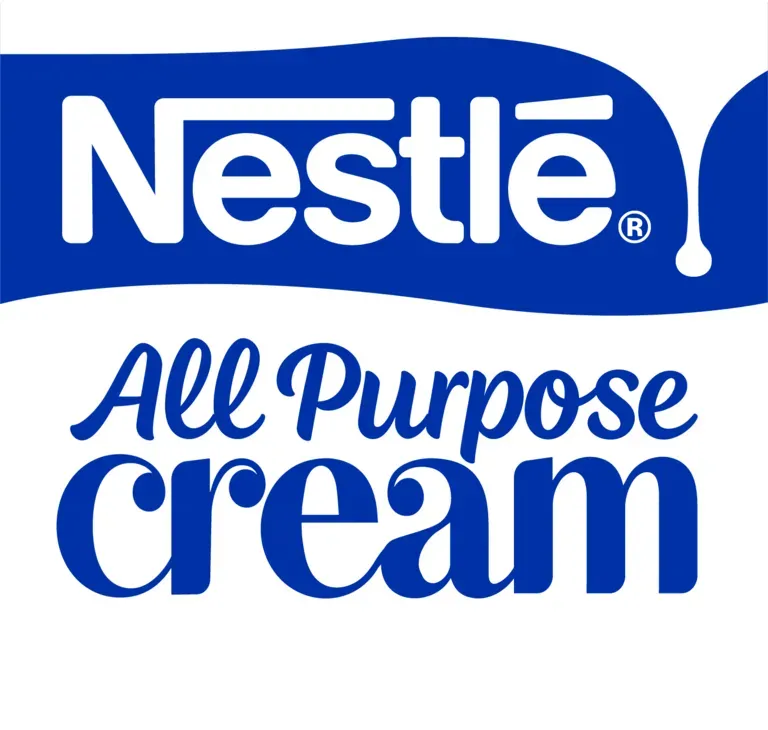Some people may not like freezing as a preservation method for their food as the process can potentially affect the food’s taste and quality. If you are wondering whether you should go this route, here are some tips to help you understand freezing preservation and how it can help make your food last longer.
Discover the convenience and flavor preservation of freezing food. This article outlines the benefits of freezing, offering tips like pre-freezing methods, balanced meal proportions, proper storage techniques, and container choices. Learn how to maximize freshness and efficiency while avoiding food waste. Say hello to hassle-free meal prep with frozen delights!

We won't always have the time or inclination to cook every single day—fact! One interesting solution to this is to explore the advantages of frozen food. But what does freezing food mean? Freezing food is a traditional and common food preservation method. It preserves nutrients and prevents food from spoiling faster.
You can store everything—from fruits to ready-made...
First things first, always remember that each food follows a specific pre-freezing process. Let’s talk about vegetables as an example. For efficient food preservation, the best option is to carry out a process called blanching—cooking the ingredients in boiling water for two to three minutes, transferring it to a bowl of ice water, draining, and then letting it dry before storing. This preserves not only the texture and color of the vegetables, but also the flavor and nutrients.
For fruits, it must be washed, deseeded, and stored in ideal quantities for the day’s consumption.
This varies depending on personal preferences on taste and serving. But a key factor that one may consider is having the right proportions:
- 50% vegetables that are rich in fiber, vitamins, and nutrients, such as pechay, kangkong, carrots, and eggplants.
- 25% carbohydrates such as rice, pasta, corn, potatoes, cassava, and sweet potatoes.
- 25% proteins of both animal and vegetable origin, such as chicken, lean red meat, fish, eggs, nuts, and legumes.
After planning and cooking, allow the food to cool first before storing it in the fridge, making sure to avoid stuffiness and creating an environment that’s ideal for microorganisms to grow. Another tip is to label and write down the dates on each container—this prevents not only food waste, but also losing track of how long those frozen goods have been stored.
Oh! And don’t forget to also freeze ingredients that can be transformed into quick dishes individually, such as kalabasa, cassava, sitaw, cauliflower, sayote, and cooked marinated meats. This will surely save you when your creativity is running low on a cooking day.
When it comes to storing your meals, resist the temptation to grab the first jar or container that you can get your hands on. It must be airtight and suitable for use in the microwave, should you want to defrost it faster. You may use a plastic container, but one made of tempered glass is a better choice.
Planning to Refreeze? No, Thank You.
Please keep in mind that once it’s defrosted, it shouldn’t be popped in the freezer again. Remember that freezing does not kill bacteria, it only stops them from multiplying. Meaning that food thawed at room temperature may have an increase in bacteria once refrozen. That is why it is always good practice to store them in small portions, just enough for the day’s consumption.
To efficiently juggle time, tasks, and tasty food, following the freezing preservation methods can come in handy!







